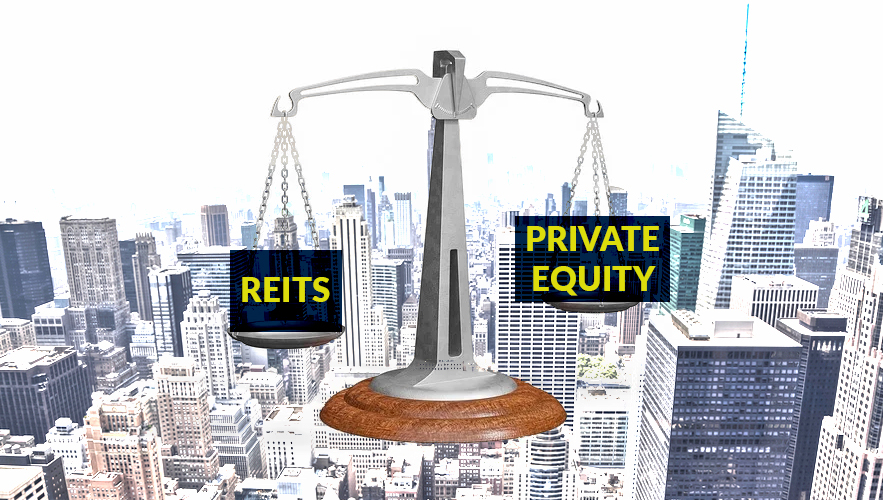
This article provides information about the results of technical analysis research on developed and emerging markets. It also addresses the core assumptions behind technical analysis. This article will provide information about the Market indicators used in technical analysis and the limitations of computers being used for this purpose. The article also provides information on how technical analysts use their research to help them make decisions.
Results of technical analysis research carried out in developing and advanced countries
A lot of research has been done in recent years to determine whether classical technical analysis is a good way to invest in stocks or other assets. It is not clear whether this type investment is profitable in developed countries or developing ones. The paper presents a review of several studies that examined the profitability of this strategy in both developing and developed nations.
Park and Irwin reviewed the most recent studies, and they concluded that most of these studies found positive results using technical analysis. Park and Irwin noted some problems in these studies such as data manipulation, ex-post strategies, and other issues.

These are the basic assumptions of technical analyses
Fundamentally, technical research on analysis is based upon the principle that price patterns tends to repeat itself. This principle is well-known and has been used for over 100years. These patterns are used by technical analysts to make inferences about future behavior. A technical analyst researcher must be aware of certain factors before trading stocks.
First, technical analytics has its flaws. It can be successful in some cases but fails to accurately predict what the future will bring. Lagging indicators can only predict the future based on past events. It is important to be careful when using lagging indicators. Instead, try to identify trends that are not simply a result past events.
Market indicators used by technical analysts
Technical analysts can use many market indicators such as momentum readings, breakout signals, volume patterns and moving averages. These indicators are intended to give traders a different viewpoint on price action. They are derived mathematically from price, trading volume, open interest data, and investor sentiment. These indicators can be used by traders to identify entry points and exit points in the markets.
Another type of indicator used by technical analysts is the relative strength index. This indicator measures the strength of a trend, and is useful when the trend is overbought or oversold. Other common indicators are the Bollinger Bands and moving average (MACD). These indicators can be used to identify overbought levels and oversold levels. They also provide insight into supply and demand for a security.

Drawbacks of using computers for technical analysis
Although computers can be used for technical analysis research, they also have their disadvantages. Some people believe that it doesn't give useful information and that the patterns visualized can be misleading. Although it can be very helpful in identifying trends it should be used alongside other research methods to minimize risk and maximize returns.
The primary advantage of using a computer in technical analysis research is its speed. The computer has real-time access to data that makes it possible to analyze markets much quicker than it would be with a human analyst. There is one problem: you do not have the training required to read charts. Analyse paralysis can result from this lack of experience.
FAQ
How do I choose a good investment company?
You want one that has competitive fees, good management, and a broad portfolio. Fees vary depending on what security you have in your account. While some companies do not charge any fees for cash holding, others charge a flat fee per annum regardless of how much you deposit. Others may charge a percentage or your entire assets.
It's also worth checking out their performance record. You might not choose a company with a poor track-record. Avoid low net asset value and volatile NAV companies.
You should also check their investment philosophy. To achieve higher returns, an investment firm should be willing and able to take risks. If they're unwilling to take these risks, they might not be capable of meeting your expectations.
Why are marketable securities important?
An investment company's primary purpose is to earn income from investments. It does this by investing its assets into various financial instruments like stocks, bonds, or other securities. These securities offer investors attractive characteristics. They are considered safe because they are backed 100% by the issuer's faith and credit, they pay dividends or interest, offer growth potential, or they have tax advantages.
What security is considered "marketable" is the most important characteristic. This refers to how easily the security can be traded on the stock exchange. If securities are not marketable, they cannot be purchased or sold without a broker.
Marketable securities include common stocks, preferred stocks, common stock, convertible debentures and unit trusts.
These securities are preferred by investment companies as they offer higher returns than more risky securities such as equities (shares).
How does inflation affect the stock market?
Inflation has an impact on the stock market as investors have to spend less dollars each year in order to purchase goods and services. As prices rise, stocks fall. That's why you should always buy shares when they're cheap.
How are securities traded?
The stock market is an exchange where investors buy shares of companies for money. Investors can purchase shares of companies to raise capital. These shares are then sold to investors to make a profit on the company's assets.
Supply and demand determine the price stocks trade on open markets. If there are fewer buyers than vendors, the price will rise. However, if sellers are more numerous than buyers, the prices will drop.
There are two methods to trade stocks.
-
Directly from the company
-
Through a broker
What is security?
Security is an asset that produces income for its owner. Shares in companies is the most common form of security.
A company may issue different types of securities such as bonds, preferred stocks, and common stocks.
The earnings per shared (EPS) as well dividends paid determine the value of the share.
You own a part of the company when you purchase a share. This gives you a claim on future profits. If the company pays a payout, you get money from them.
Your shares may be sold at anytime.
What's the difference among marketable and unmarketable securities, exactly?
The main differences are that non-marketable securities have less liquidity, lower trading volumes, and higher transaction costs. Marketable securities on the other side are traded on exchanges so they have greater liquidity as well as trading volume. These securities offer better price discovery as they can be traded at all times. However, there are some exceptions to the rule. For example, some mutual funds are only open to institutional investors and therefore do not trade on public markets.
Non-marketable security tend to be more risky then marketable. They generally have lower yields, and require greater initial capital deposits. Marketable securities are generally safer and easier to deal with than non-marketable ones.
A large corporation bond has a greater chance of being paid back than a smaller bond. The reason for this is that the former might have a strong balance, while those issued by smaller businesses may not.
Because of the potential for higher portfolio returns, investors prefer to own marketable securities.
Statistics
- For instance, an individual or entity that owns 100,000 shares of a company with one million outstanding shares would have a 10% ownership stake. (investopedia.com)
- "If all of your money's in one stock, you could potentially lose 50% of it overnight," Moore says. (nerdwallet.com)
- Individuals with very limited financial experience are either terrified by horror stories of average investors losing 50% of their portfolio value or are beguiled by "hot tips" that bear the promise of huge rewards but seldom pay off. (investopedia.com)
- Even if you find talent for trading stocks, allocating more than 10% of your portfolio to an individual stock can expose your savings to too much volatility. (nerdwallet.com)
External Links
How To
How can I invest in bonds?
A bond is an investment fund that you need to purchase. Although the interest rates are very low, they will pay you back in regular installments. This way, you make money from them over time.
There are many ways to invest in bonds.
-
Directly purchase individual bonds
-
Buying shares of a bond fund.
-
Investing through an investment bank or broker
-
Investing through a financial institution.
-
Investing through a pension plan.
-
Invest directly through a broker.
-
Investing in a mutual-fund.
-
Investing in unit trusts
-
Investing in a policy of life insurance
-
Investing in a private capital fund
-
Investing through an index-linked fund.
-
Investing through a hedge fund.